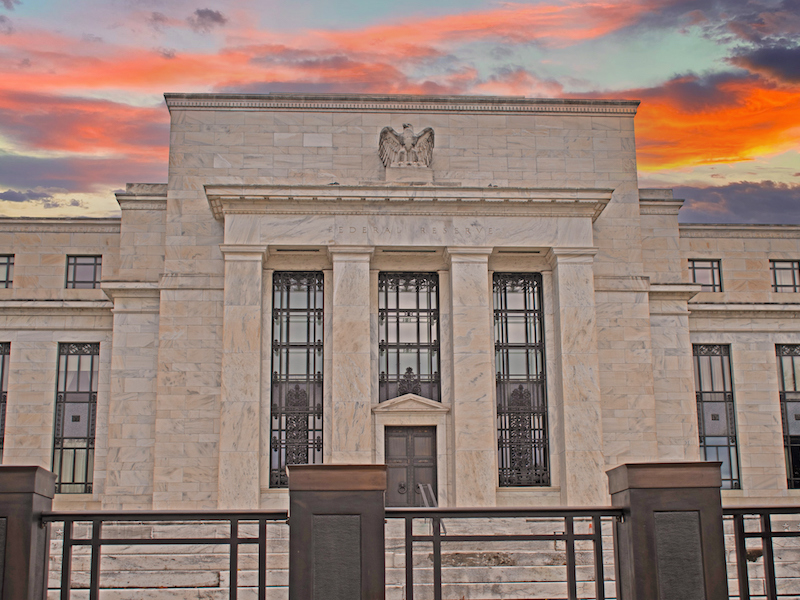
While the latest U.S. inflation reading was stronger than expected, that upside surprise is unlikely to derail the U.S. Federal Reserve Board’s view that price pressures are cooling, says Moody’s Ratings.
In a new report, the rating agency noted that, despite the strong headline consumer price index (CPI) reading last week and the uptick in core inflation, much of the upside surprise was driven by temporary gains in certain volatile components of the index. Further, other details of the data were more encouraging.
“Importantly, shelter inflation, which has been particularly sticky, cooled to 0.2%, down sharply from 0.5% in August,” it said.
Additionally, the rise in core inflation “was driven up by one-off price jumps in the volatile goods and services sub-categories,” it noted.
Some of the stronger inflation components are unlikely to fully feed through to the Fed’s favoured measure of price pressures — core personal consumption expenditure — it said.
As a result, “the slightly higher-than-expected September CPI print is unlikely to materially alter the Fed’s assessment that inflation is moderating back to target,” Moody’s said.
“Despite month-to-month volatility, alternative measures of underlying inflation and well-anchored business inflation expectations suggest that disinflation remains on track,” it added.
Moreover, since the CPI data was released, the latest producer price index data “also suggest that the disinflationary trend should continue,” it noted.
“With consumer spending set to moderate amid a softening labour market, there is little risk to inflation from the demand side,” the report said.
“The disinflationary impulse from housing will also persist as leases gradually reprice to a cooler housing and rental market, which will exert downward pressure on the CPI. Additionally, retailers’ ability to raise prices is severely curtailed by today’s price-sensitive consumers and will remain so in the current cooling economic environment,” it said.
Against that backdrop, Moody’s said it believes “the Fed’s inflation objective has been broadly achieved and its focus has shifted to safeguarding the maximum employment objective of its dual mandate.”
The rating agency said it expects the Fed to keep easing rates gradually, and it forecasts another 150 basis points of rate cuts by the end of 2025.